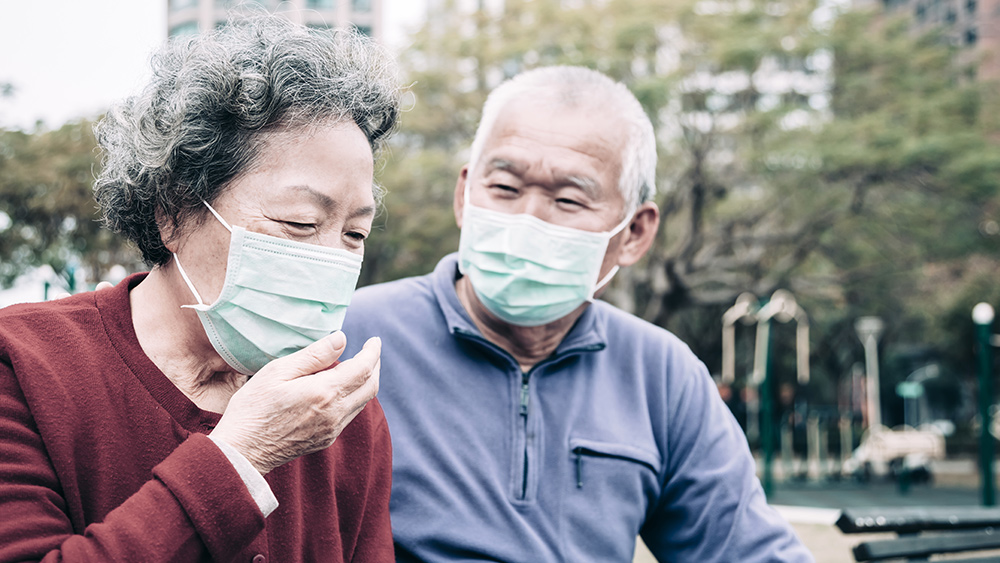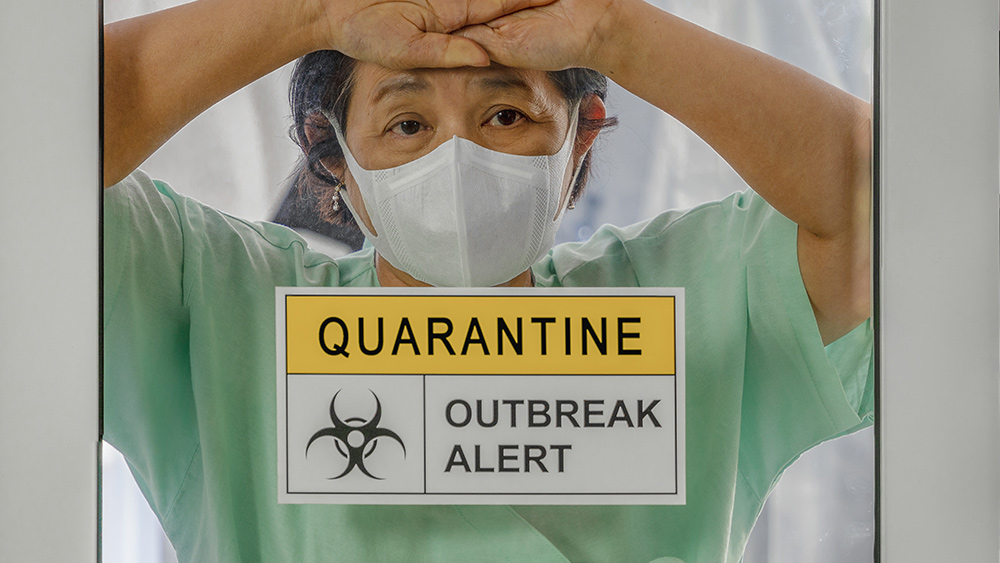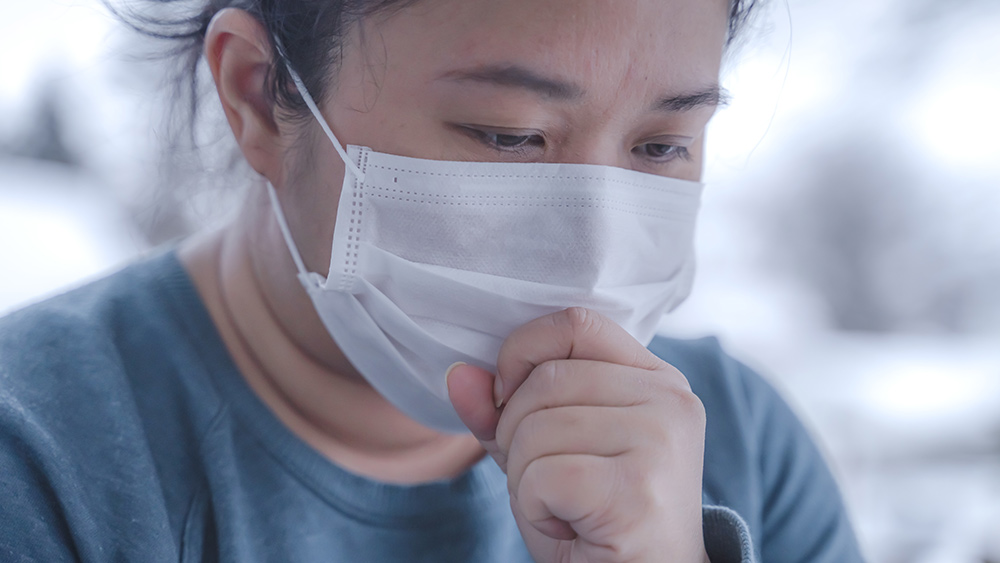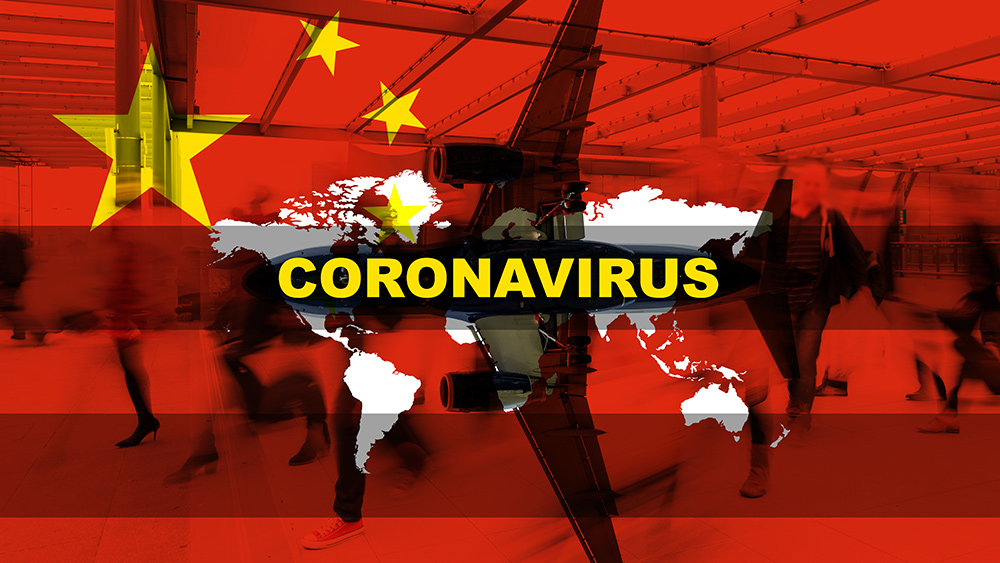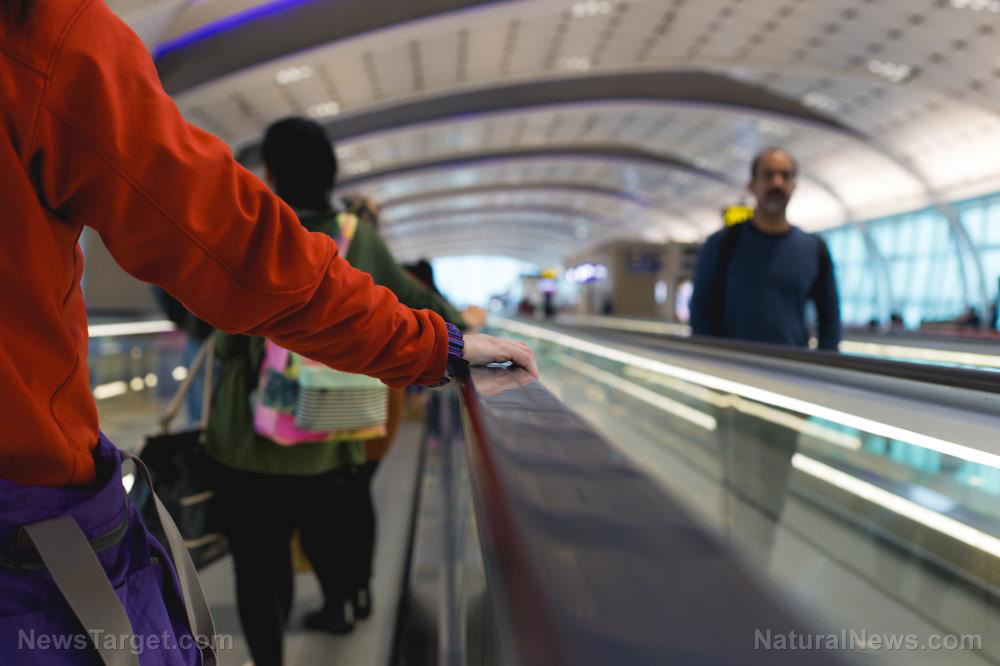Australian officials admit it’s now impossible to keep coronavirus out of the country… while U.S. administration still lying to the public by claiming it’s all under control
03/03/2020 / By Ethan Huff
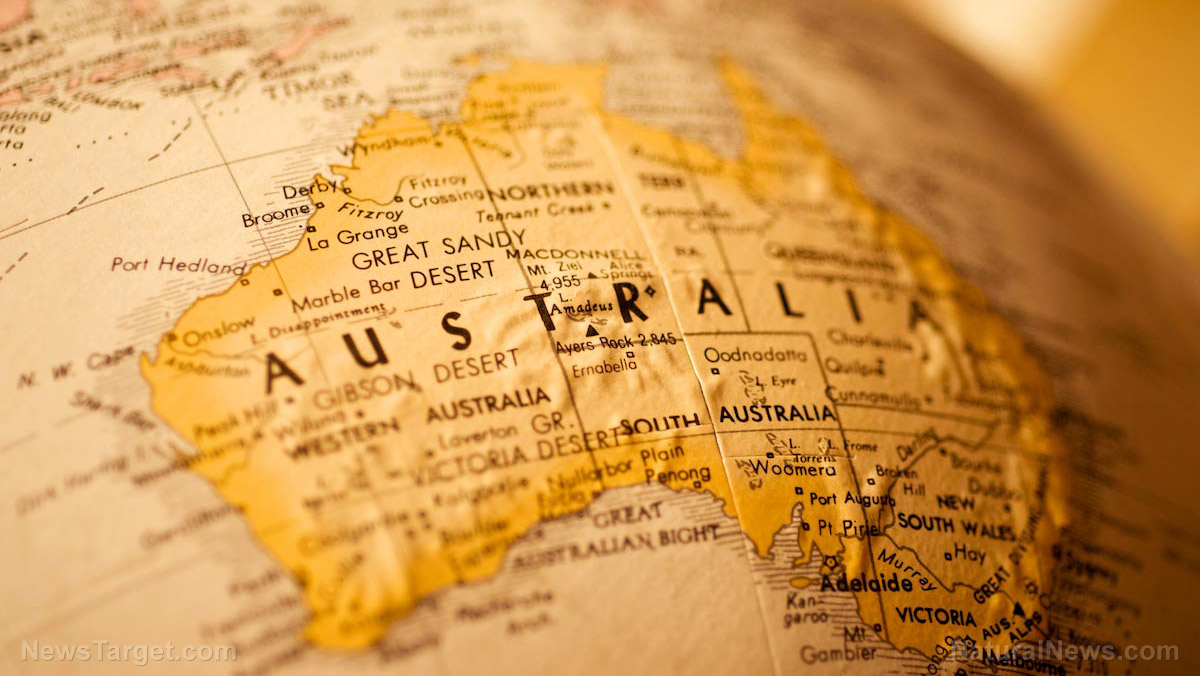
The chief of medicine in Australia has come forward to admit that keeping the Wuhan coronavirus (CoVid-19) out of his country is no longer a possibility, and that it will just have to be dealt with when that time comes.
In a recent press conference, Professor Brendan Murphy explained to reporters that while Australia banned all air travel from virus-struck Iran, it did not ban travel from South Korea, Italy, or other travel hotspots where the Wuhan coronavirus (CoVid-19) is spreading, which is why Australia is now facing the strong possibility of a major outbreak.
“It is no longer possible to absolutely prevent new cases coming in, given the increasing changes in epidemiology around the country,” Murphy is quoted as saying.
Because Iran is considered a “high-risk” area for the Wuhan coronavirus (CoVid-19) with cases spreading all across the regime, the Australian government deemed a full-scale travel ban to be an effective deterrent strategy. Italy and South Korea, on the other hand, have only localized cases that, according to their respective governments, are localized and confined.
“In the case of Iran, it’s such a high risk that a travel ban is worth doing because it will slow down the number of cases,” Murphy added.
“In Italy and South Korea, where they have large outbreaks but they are confined and (have) been localized, the risk, the proportionality of putting in a travel ban was not justified in terms of its benefits to the health protection of the Australian community.”
Listen below as Mike Adams, the Health Ranger, gives a Health Ranger Store emergency pandemic update:
Australia warns citizens not to travel to Italy, South Korea if at all possible
While Australia hasn’t implemented a full-scale ban on all travel in and out of Italy and South Korea, it is advising its own citizens to avoid travel to both of these countries if they can, or at least to exercise a high degree of caution while moving about in these places.
Australians should especially avoid the 10 affected towns in the north of Italy, and anyone returning to Australia from either Italy or South Korea must not go back to work for at least two weeks to avoid potentially infecting their coworkers.
“As a healthcare worker, or as a residential aged care worker, you should not attend your regular work for 14 days,” stated Australian Federal Health Minister Greg Hunt. “That is an additional level of protection which has been advised by the chief health and medical officers and accepted by the Australian government.”
Meanwhile, Australia is reporting its first community transmission case of the Wuhan coronavirus (CoVid-19) in a New South Wales (NSW) health worker who did not travel anywhere overseas within the past three months.
This individual, along with another 41-year-old woman, have both tested positive for the Wuhan coronavirus (CoVid-19), bringing the total number of disease cases in Australia to at least 30.
The 41-year-old woman who contracted the Wuhan coronavirus (CoVid-19) is said to have caught it from her 43-year-old brother who recently returned from a trip to Iran. The 53-year-old health worker, on the other hand, caught it from an unknown source.
“NSW health has begun work to determine what contact there may have been to have given him transmission of the virus,” stated NSW Health Minister Brad Hazzard. “We’re taking all the necessary steps to find out how the individual managed to acquire the virus.”
Australia currently has measures in place calling on anyone who may have come in contact with this man to self-quarantine at home for at least two weeks.
For more related news about the Wuhan coronavirus (CoVid-19), be sure to check out Pandemic.news.
Sources for this article include:
Tagged Under: Australia, Brendan Murphy, China, coronavirus, covid-19, disease, epidemiology, global emergency, infection, infections, novel coronavirus, outbreak, pandemic, Public Health, virus, Wuhan, Wuhan coronavirus
RECENT NEWS & ARTICLES
COPYRIGHT © 2017 PLAGUE INFO






